| Don't like ads? | No ads |
*Bourbon Culture is reader-supported. When you buy through links on our site, we may earn an affiliate commission.
I have been captivated by Barrell Craft Spirits rise to prominence for five years now. They were a company that grabbed my attention from the moment I bought my first bottle – which was Barrell Whiskey Batch 005. Back then, any new experimental finishing techniques that Joe Beatrice (Barrell’s founder) and his team dreamed up were put into that line of products. In late 2018, Barrell killed off the numbered whiskey releases and settled on giving these experimental barrel-finished whiskies their own individual names. If you’re reading this review, you’re probably familiar with them – Dovetail, Armida, Seagrass and Vantage.
Gray Label precedes Gold Label
That was not the only thing that changed for the brand in the year 2018. Towards the end of the year, Barrell also launched their new premium line that they referred to as “Barrell Craft Spirits Gray Label.” Gray Label was designed to be released one time per year in limited runs of extremely rare, old and complex whiskies (and rum!) while also testing the limits of what consumers would pay for them. The suggested retail price was around $250.
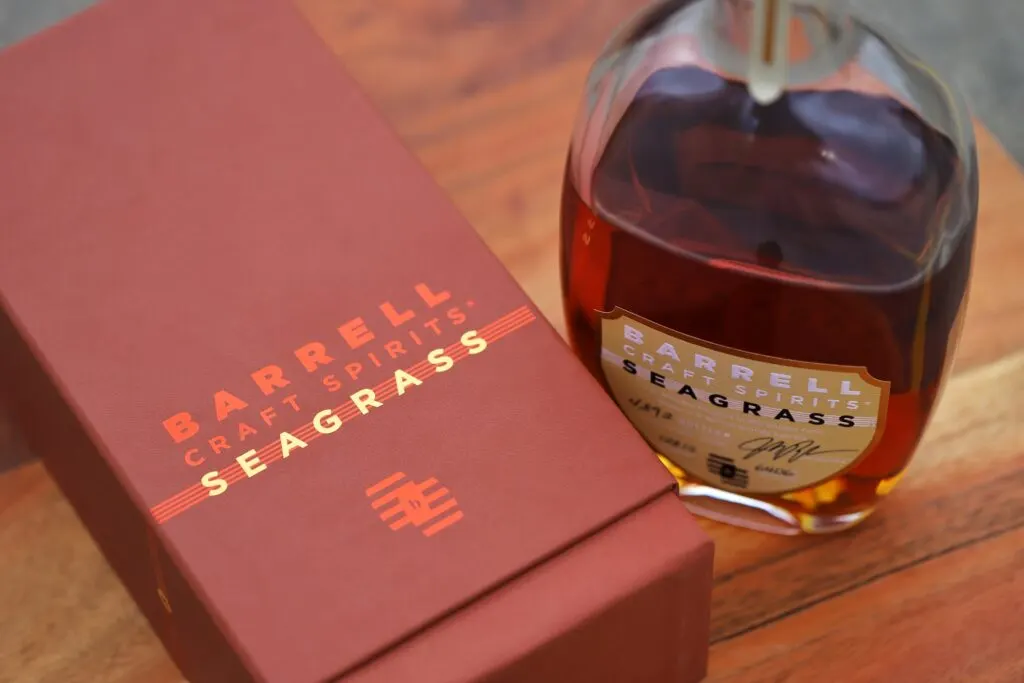
$250 seemed like such an obscure number to put on a Barrell product. How did they get there? Was it limited? Yes. Did it carry an age statement? Yes. But was the whiskey (and rum!) really so rare and unobtainable that it had to command a price like that? No. The Gray Label Bourbon was especially lamented by enthusiasts because Barrell decided to add Dickel bourbon to the blend. 95% of the people I have talked to about BCS Gray Label Bourbon complain about the Dickel component, yet Barrell insists on keeping this as a part of the blend.
It is my opinion that Barrell priced the Gray Label line the way they did because they knew there was a niche market of customers who were looking to buy whiskey based solely on price. These consumers are the ones that will order a Filet over a Ribeye because they believe it is the superior cut of beef since it costs more. Barrell’s shrewd marketing minds recognized the psychology behind consumers with a lot of money who view price and quality as inexorably linked (this makes sense because Joe Beatrice owned his own marketing company before he got into whiskey). That’s precisely why they created these labels.
What we’re finding out these days is that the prices people are willing to pay for rare and unique things has no limits. Barrell saw the relative success of their Gray Label line of products and believed that the market still had more to give. After all, brands like Whistlepig were marking up their Boss Hog releases beyond $500 and even newcomers like Rabbit Hole were getting away with similar prices on their Founder’s Collection. Will Schragis (Barrell’s Chief Product Innovation Officer) pointed out in a Bourbon Pursuit podcast that they specifically recognized a gap in available American whiskey products in the $300-1200 range. This is why their new “Gold Label” lineup was created.
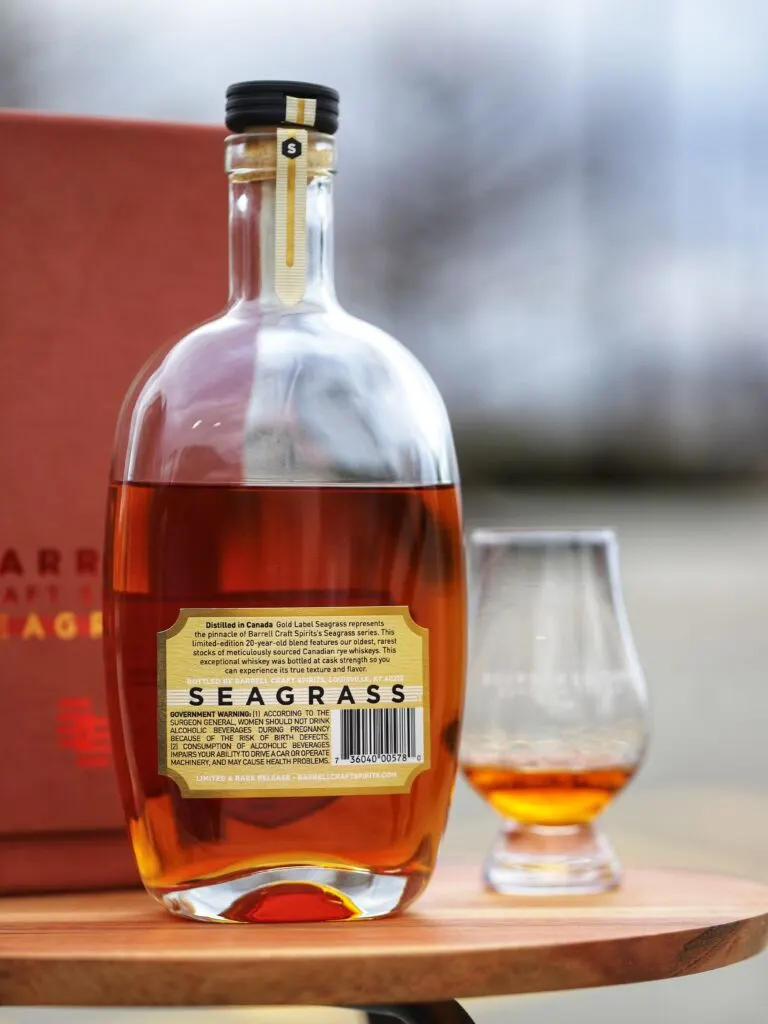
Chances are high that the customers that actually buy Seagrass Gold (or the Bourbon or Dovetail varieties) are not in the habit of reading reviews. They see something and they buy it because they can and because it makes them feel like there’s nothing better on the market. Will even had this to say about Gold Label Bourbon:
“We are not trying to… tell people that they should spend $500 on a bottle of bourbon… What we tried to do… Can we make a $500 bottle that will make someone who is excited to spend $500 on bourbon happy that they picked our bourbon?” -Bourbon Pursuit Episode #373
Hearing Barrell’s own representative say that Gold Label Bourbon, Seagrass and Dovetail are not meant for the average whiskey consumer is kind of deflating. The admission that your company makes a product purposefully out of reach for most of Barrell’s customers seems like a bad business move if looked at through the eyes of a typical Barrell consumer. But it’s not because I’m jealous. Instead, my worry is that Barrell is plundering their own very good stocks of whiskey that they had been using in their regular batched products and is now using them only for high-priced releases. From 2014 to 2018, they had employed this almost “cost-be-dammed” approach to using great whiskey in regular batched products. Bourbon Batch 018 is a great example which used 11, 14 and 15 year old barrels to blend with while still keeping the price the same. True Barrell fans were always on the lookout for specs like that. But with the addition of Gold and Gray Labels, it feels like Barrell had put the kibosh on blending those great barrels into regular batches. The future of Barrell now feels like good things come only to those who pony up the big bucks.
What is in Barrell Seagrass Gold Label?
Let’s take a quick look at Seagrass Gold’s composition. Barrell says that they started with 20 year old Canadian Rye Whisky as the base whiskey. It was then finished in Apricot Brandy, Malmsey Madeira and Martinique Rum casks for a period of time. These are the same casks that standard Seagrass and the 16 year Gray Label Seagrass are finished in which lend to its signature flavor combination. I’m going to go out on a limb here and make a claim that finishing the rye whiskey in these barrels only adds about $20 to the retail cost per bottle of ANY Seagrass label.
That means that the largest expense of what you’re paying for Seagrass Gold comes from the rye whiskey. Since Seagrass Gold uses rye whisky sourced only from Canada, you might think that Barrell has sourced it from the gold standard (pun intended) of distilleries – Alberta Distillers. Sure there are other Canadian rye whiskies that come close to the quality of Alberta – Lot No. 40 comes to mind – but it is Alberta Distillers that everyone generally agrees makes the best rye whisky in Canada. Alberta uses 100% rye grain in their mash bill and will use new charred oak barrels for maturation when specified. Hochstatder’s and Lock, Stock and Barrel owe the success of their Canadian Rye labels in large part to sourcing rye that was aged for a long time in new charred oak casks from Alberta Distillers. Cold climate be dammed, using new oak does actually make a difference. Lock, Stock and Barrel specifically has put out a 20 year old version of their rye whiskey from those barrels and charges around $375.
All of this would seem like Barrell has used the same rye whiskey from Alberta Distillers in Seagrass Gold. But I don’t think they are. Instead, I am almost certain that the source for their 20 year old rye whiskey is Valleyfield Distillery, located in Quebec. This is where they sourced their 14 year old single barrels of rye whiskey (the ones that start with “Vxxx”) as well as the 16 year old barrels used in Seagrass Gray Label. Valleyfield’s rye whiskey is okay, it’s just very light tasting. It was almost assuredly aged in a used barrel and was either distilled or barreled at a higher proof than rye whiskey is allowed to be distilled in the United States (our limit is 160 proof for distillation and 125 proof for barrel entry proof). The mash bill also contains a decent amount of corn; coming in at 53% rye, 39% corn an 8% malted barley. The aged barrels sourced from Valleyfield are, on average, pretty cheap. I don’t know the exact price but I do know of other Non-Distiller Producers (NDPs) like Backbone Bourbon Company who sold the same 16 year old single barrels of Valleyfield rye whisky for $100 per bottle last year. To put all of this into perspective, many NDPs have been pricing 8 year old rye whiskey from MGP for $100.
The reason why I’m telling you all of this is because I truly believe that the whiskey that is used in Seagrass Gold comes from the same source (Valleyfield). I would assume that if a company like Backbone would have also sourced these 20 year old barrels, that they would have sold them for around $150 to $200 per bottle in single barrel form. I am laying all of this out there because I am trying to show that Seagrass Gold, like the Seagrass Gray Label before it, is a very bad value in terms of actual cost of its components.
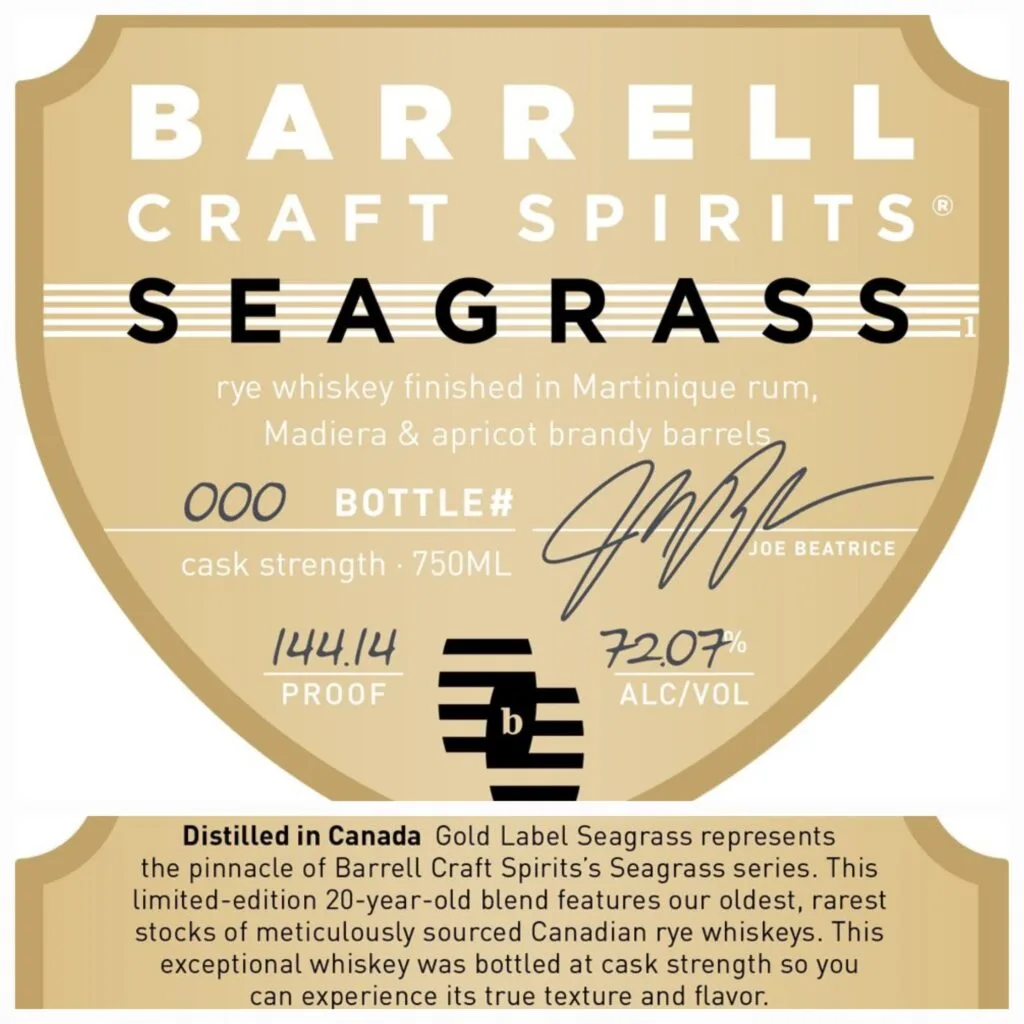
One last thing I’d like to point out is that when Barrell first applied for a TTB label for this product, they had entered that the proof was going to be 144.14. The fact it was changed between now and then (down to 128.12 proof) seemed odd to me. Proofs do change over time, but not this much. Barrell also claims all of their products are cask strength (and always have been) but methinks that 144 proof might have been internally scrutinized as too high for the types of people that buy and give whiskey as gifts. Therefore, I believe they decided to reduce the bottling proof. How? By adding water into the barrels before they are dumped. That would still be considered “cask strength” and is a little known fact outside of the industry. I’m not saying this is what they did, but it sure makes more sense when you look at the big picture.
Now that the origins and composition of Seagrass Gold have been checked out, the big question remains: will it taste like a $500 bottle? What does a $500 bottle even taste like? I’m not sure of it myself, but there’s got to be something that shows me a sign inside of here. So without further ado, let’s get down to tasting.
Tasting Notes
Nose: Thick scents of oak mingles with sliced honeydew melon, simmering apricot jam, poached apples and dried figs. Going back to that oak scent, what I’m smelling is similar to the wood varnish notes that are found in some dusty bourbons. It’s actually quite incredible. Rich caramel, cinnamon spice, vanilla and beeswax all contribute to a nose that is much more “bourbon-like” than I ever expected. We’re off to a great start.
Palate: The mouthfeel is much more viscous and dense than I was anticipating. The heat is well controlled and each sip is full of fruit. Apricots do stick out to me as the most dominant fruit flavor. It is coupled with lots of vanilla extract. Cherries, dense watermelon, fleshy slices of orange and thick molasses all hit well above their weight. There are also herbal notes-a-plenty like mint, tarragon and marjoram. Tropical fruits also come out like mango, shredded coconut, kiwi and a bit of grape flesh. Exotic spices like fennel seed and anise can also be found. At 20 years old, there’s bound to be some oak and sure enough, there is. I’m very surprised with how noticeable it is and how aged it comes off. It’s very well done like the dusty bourbons of yore.
Finish: The finish leaves behind such a rich and tongue-coating sensation. It really is special. Fruit notes stick behind for a long time. Christmas fruitcake, fortified wine, almond extract and light spearmint linger. The oak is sublimely integrated everywhere. It’s rich and even carries with it a bit of white chocolate.
Score: 9.3/10
Let’s get one thing out of the way first. Seagrass Gold > Seagrass > Seagrass Gray Label. My findings are corroborated with a few friends of mine that have also tasted all three. With that being said, I am telling you this right now; go out and find whatever Seagrass you can if you’ve never had it. You’ll be amazed just like I have been. Seagrass Gray Label is my least favorite, though, because it is just too thin to be worth almost 3 times the price of regular Seagrass. Seagrass Gold on the other hand… gets really damn close to being worth the pricetag it carries. That pains me to say. It is an amazing experience from start to finish; almost flawless. I am still a firm believer that no whiskey should ever be this expensive and I also believe Barrell could price this as low as $200 and still not lose money on it. Ultimately it does deliver what is perhaps the best, most potent punch of unique and exquisite flavors onto a rye whiskey out there. You won’t be able to find something like this anywhere else on the market. That means the folks at Barrell may have a case for keeping the price at this level. Gold Label Bourbon on the other hand; ehhhhh…
Final Thoughts
What shocked me the most about Barrell Gold Label Seagrass is just how much aged oak influence the final product had. I described this as a “varnish” but I’ve heard of others call it furniture polish or antique oak. I think we’re all describing the same thing. At times, I felt almost like I was drinking a high-rye bourbon instead of a Canadian Rye Whisky. For sure, this rye whisky contains corn in it due to the amount of caramel and vanilla notes I found (which usually means corn is present). That’s not a bad thing. I just think it proves that Alberta is not the source. True to form, it’s the finishing casks that really show off their chops with what they did to the liquid. The apricot brandy casks are the strongest of the bunch, but not as much as they are in regular Seagrass or the Gray Label version. I think that the Madeira barrels shine even more in this release by adding fruit flavors and even some wood notes. The tropical notes from the rum barrels are much less impactful but still show their abilities.
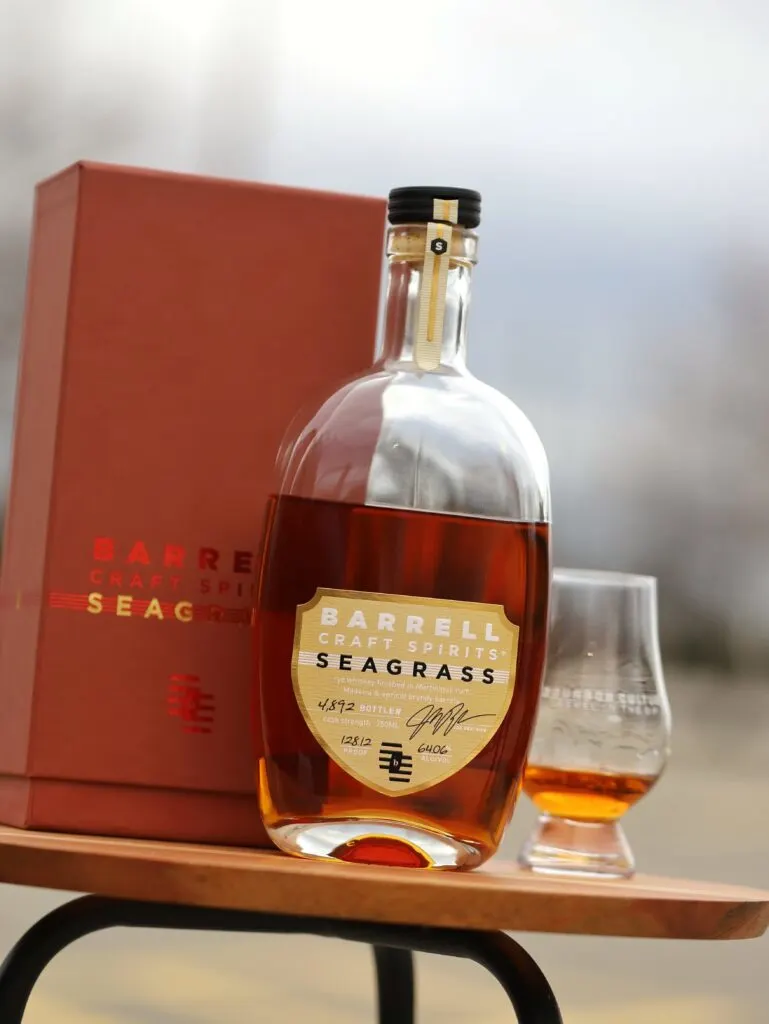
As I contemplate the mixed feelings I get when sipping on Seagrass Gold, I can’t help but realize how much whiskey is moving away from a drink for the everyman. It’s bottles like these that show how it is morphing into a rich man’s plaything. Bottles like Seagrass Gold and the companies that make them are toying with our understanding of value and it is having a ripple effect through the industry. Prices of other whiskey rise not just because of its competition, but also because of what is above and below it. I would imagine if Blackened released a second, more premium version of their Willett Collaboration, they would price it higher solely because it would be the only Seagrass Gold competitor.
The marketing departments and the bean counters at these distilleries are starting to believe their own propaganda that their whiskey must be worth more because people appear to be okay with paying more. Whiskey is not the first industry to see the effects of this trend play out. But it will ultimately result in its own demise as prices rise to unsustainable levels and people exit the whiskey scene altogether. So while I think that Seagrass Gold is a fantastic product that I would happily drink day after day and pay good money for (just maybe not $500), I have one major problem with it. It feels like Barrell is pivoting away from the clientele that “brought it to the dance” in search of some sort of gilded clout that comes with the territory of ultra-premiumization. I predict that this is not the last of it either (Black Label or Platinum Label are probably in the works). I wish they would have just stopped at the Gray Label.
Featured Products
- Neat Traveler

- View Larger
- Description:The Aged & Ore Neat Traveler is a complete travel kit for spirits. We combined our widely praised Neat Glass with one of our 3oz Flight Bottles and housed them together in a custom EVA travel case. Perfect for a night away with your favorite pour. The tie
- Bottle Flight

- View Larger
- Description:The Aged & Ore Bottle Flight is a premium set of 4 custom silicone wrapped glass bottles designed to transport and share samples of your favorite spirits. The flight bottles come in a custom EVA travel case that fits perfectly in any small bag. An Aged &
- Travel Bundle
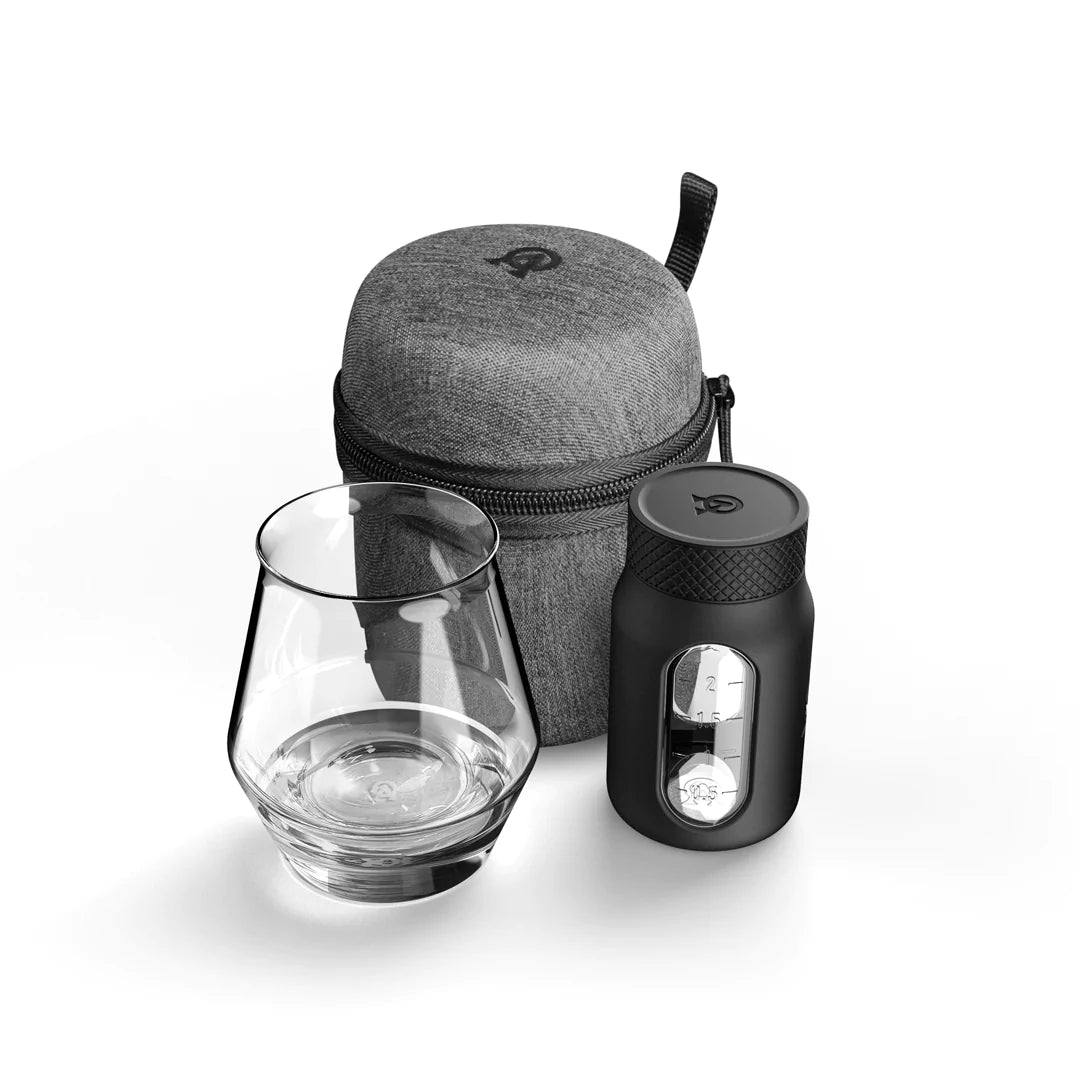
- View Larger
- Description:This Bundle combines two of our crowd favorite products, creating the ultimate travel bundle to bring along your favorite spirits and glassware. Bundle Includes: Neat Traveler (Gray) Bottle Flight (Gray) Note: This bundle is only available in gray and col
*Bourbon Culture is reader-supported. When you buy through links on our site, we may earn an affiliate commission.
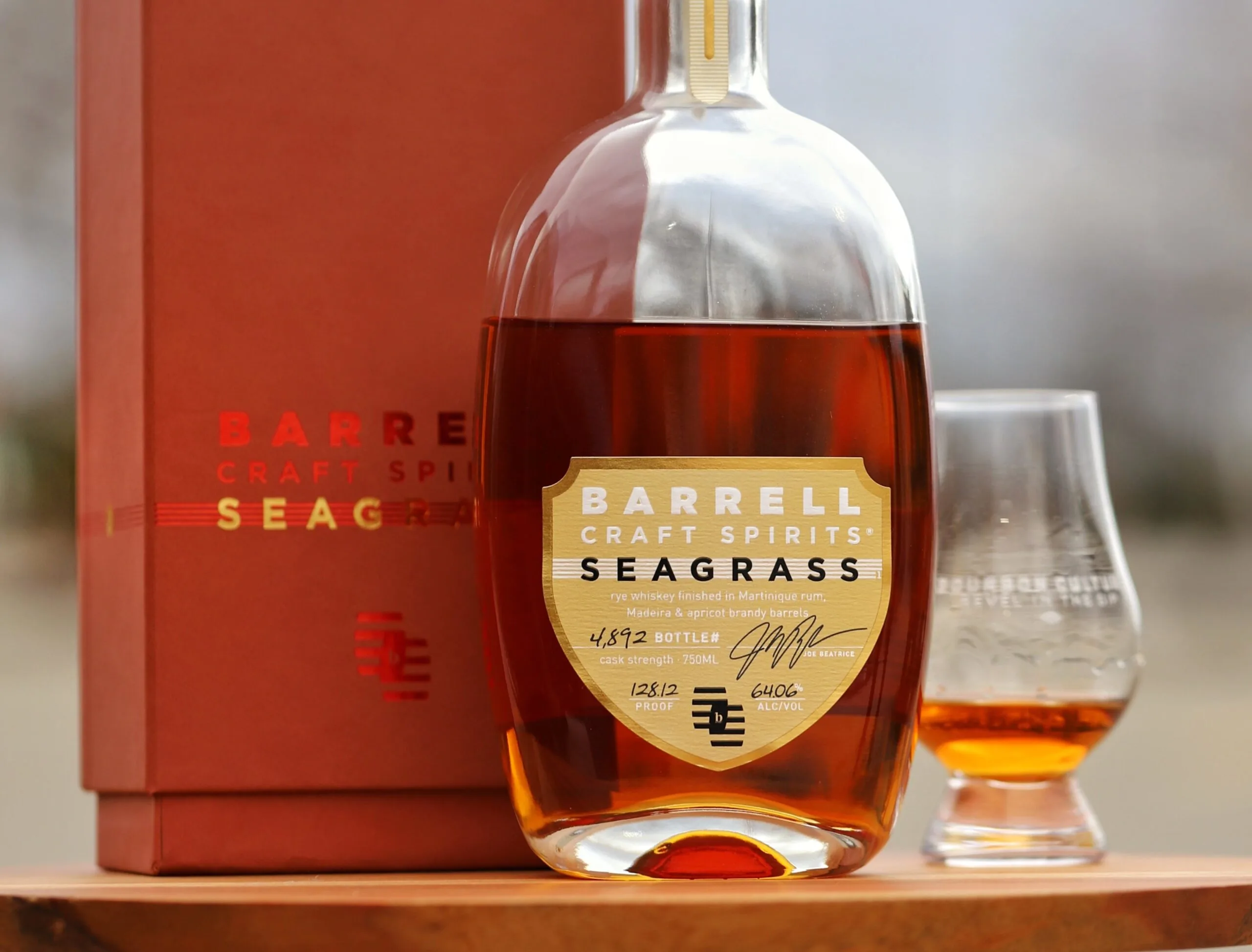
Alan Johnson
Friday 17th of February 2023
I agree with your comments wholeheartedly. But, it’s happening in many areas of society. Take LIV golf as an analogy (maybe not a good one) where those players also moved away from the vehicle that got them to the dance. Overall, it’s quite disappointing.